In our Poco F4 GT review content, we look at the general features and gaming performance of this phone with trigger keys.
POCO F4 GT review: I’ve been using Poco’s flagship model, the Poco F4 GT, for a while. Let’s take a look at the general features of this model, which draws attention with its design and focus on the game, but more importantly, the user experience.
Trigger phone: Poco F4 GT review
Box contents
First of all, when we look at the dry content of the device, we see that the phone itself, the 120-Watt charging adapter, which we will look at the details soon, the charging cable designed not to disturb you while playing games, and some nice extras apart from the documents.
Poco has included a transparent case that can handle you for a long time and a 3.5 mm converter from Type C to the box. We used to see models that included these converters for a while, but recently there are almost no companies that do this. That’s why we have to say that it is a very important extra for those who use an extra device such as wired headphones or microphone.
Design
The Poco F4 GT model has one of the most different designs I have seen recently. Although the general lines are similar, the company has managed to make this phone as different as possible with small touches. First of all, we see that metal is used in the side designs of the phone, which has glass alloy. On the right side of the phone, there are two trigger buttons along with the power button with a fingerprint sensor. There are lock keys just inside these trigger keys. When you unlock the trigger keys are revealed. I will talk about the use of these keys in detail in a moment.
When we look at the left side, we see the sim slot along with the volume keys. At the bottom, of course, there is the Type C entrance. There are a total of four speaker outputs, two at the top and bottom of the phone. Moreover, this section, designed with JBL support, provides a quality stereo sound experience. In addition, there are three microphones on the bottom, top and left side of the phone. Thus, every scenario has been considered for a clear voice chat even if you cover one of your hands while playing the game. It offers a satisfactory performance in terms of sound quality.
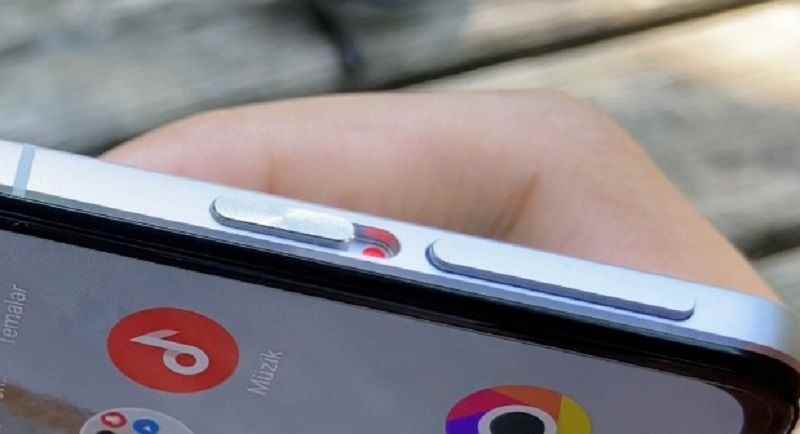
When we look at the back of the phone, we see a triple camera array. There is RBG lighting on the edges of this camera array and you can see it used as a notification light while charging, taking photos or in different scenarios. On the right side of the cameras, there is a different flash light.
Again in the design, the back side is designed very strikingly. A stylish look is provided with the camera array, the bright strip in the middle, and the patterns on the right and left. The thing I don’t like most about the design is that the phone has too much fingerprints. After a short use, you can clearly see the fingerprints.
Screen
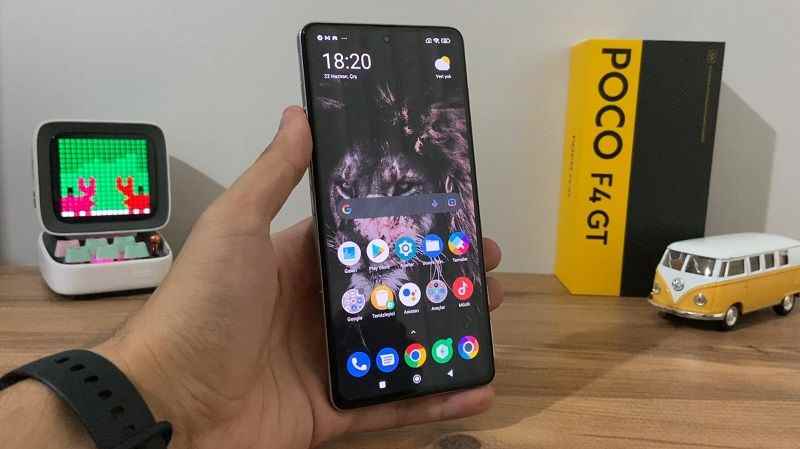
A dot notch is used on the screen of the Poco F4 GT model, which has a 6.67-inch Amoled screen. The screen-to-body ratio of the phone is 86%. This screen, which has a brightness of 800 nits, is very satisfying in terms of both color saturation and clarity. The screen, which also has features such as HDR 10 +, Dolby Vision, has a refresh rate of 120 Hz. On the reaction side, it was increased up to 480 Hz. This means an almost lossless return in games.
Technicial Specifications
When we look at the technical specifications of the phone, we come across a powerful processor. Snapdragon 8 Gen 1 processor, one of the most powerful processors at the moment, is used in this phone. On the ram side, 8 and 12 GB options are offered. Unfortunately, there is no sd card support on the phone with 256 GB storage space. I can say that this is the biggest shortcoming on the technical side.

Of course, when the phone was designed with a focus on games, a special design was also signed in terms of cooling. Even when you play games for a long time, it heats up less than its competitors. I have never seen the temperature exceed 40 degrees. In general, you see that it rises to a maximum of 36-37 degrees.
The phone, which has Bluetooth 5.2 and NFC connection, also includes WiFi 6E support. In other words, if you have a modem or router using WiFi 6E in your home, it is possible to say that you will get the best results you can get in connection.
Camera
Let’s move on to the camera performance. 64 MP Sony’s IMX 686 sensor is used as the main camera on the phone. We see an 8 MP 120 degree wide angle lens and a 2MP macro lens. I really liked the camera performance. It is possible to see full colors and clear results, especially in daylight. It makes you feel the difference in sharpness and dynamic range. There is no overflow in portrait mode. On the other hand, it is very fast on the focusing side. It captures focus very quickly, even when shooting moving objects.
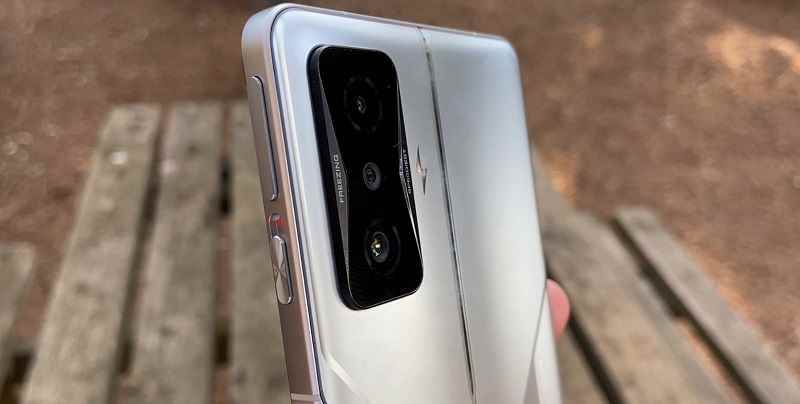
I can say that macro shots are in a standard structure. Colors and clarity are good. My only problem with this is that it doesn’t switch to auto macro mode. In this type of shooting, you have to choose from the menu. In night shots, the phone automatically activates and you encounter good results. However, it is possible to get sharper results when you activate the night shooting mode. The wide-angle lens, on the other hand, does not have night shooting feature. When you try to shoot, you encounter very dark and antsy images.
On the front, there is a 20 MP selfie camera. It is possible to take successful portrait shots just like the rear camera. When we move to the video side, we see that there is a possibility to record up to 4K 60 FPS on the back. On the front, you can record 60 FPS video at 1080P.
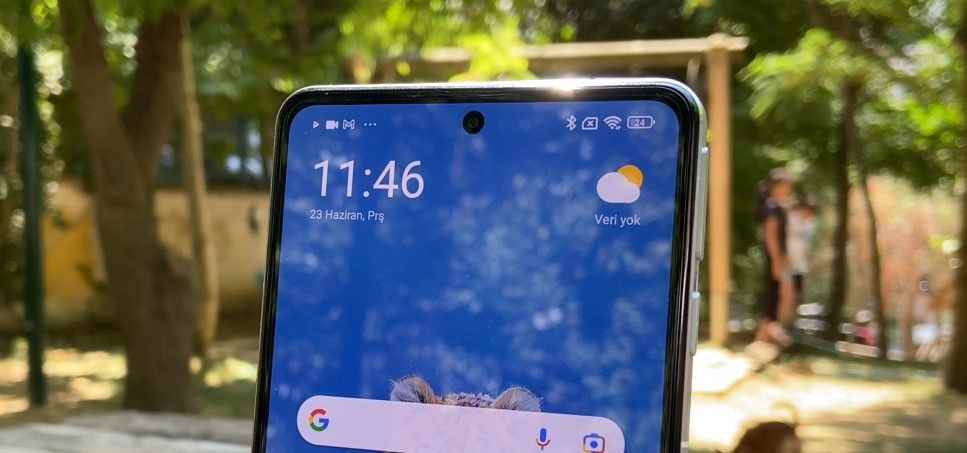
As I mentioned in many reviews before, I don’t like the video performances on the Android side, except for a few models. However, the Poco F4 GT model deserves to be a flagship and comes up with a good performance on the video side. You are faced with natural colors and most importantly a stable shot. There is no problem such as the mixing of colors in changing light. In short, I can say that I really like the video performance.
Usage Experiences
The Poco F4 GT model comes with Android 12 version and MIUI 13 interface. This interface, which Poco continues to develop, has a very stable use. Some software features such as game boost mode and screen recording are included. Moreover, you can record as 90 FPS in screen recording. On the usage side, of course, the difference of the trigger keys is felt. It is possible to add shortcuts such as photo, flash light to these trigger keys. There is already a separate adjustment menu for the trigger keys. You can even choose the sound effect when unlocking the trigger.

On the gaming side, the trigger keys offer a really different experience. In car races, you can use it as a left and right gas brake, as well as targeting and shooting in PUBG Mobile-style games. In this way, playing games becomes easier and you can focus more on the game since you don’t cover the screen with your finger.
There are also accessories that act as trigger buttons, but remember, it is not always possible to carry such accessories with us. The trigger keys of the Poco F4 GT provided satisfactory use on the gaming side.
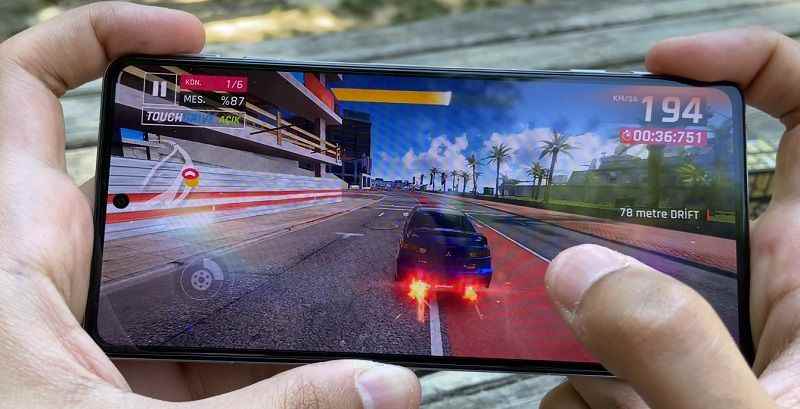
Battery and Charging Features
A total of 4700 mAh two-cell battery structure is used in the phone. This two-cell structure allows you to charge the phone in a much shorter time. You can turn the phone from 0 to 100% in about 20 minutes when the 120 Watt charging adapter, which is already included in the box, is activated.
Conclusion
As a result, the Poco F4 GT model has succeeded in being a game-oriented phone. The trigger buttons are fun to use. Despite being a gaming-oriented phone, it does not have a bulky design and offers satisfactory performance in daily use.
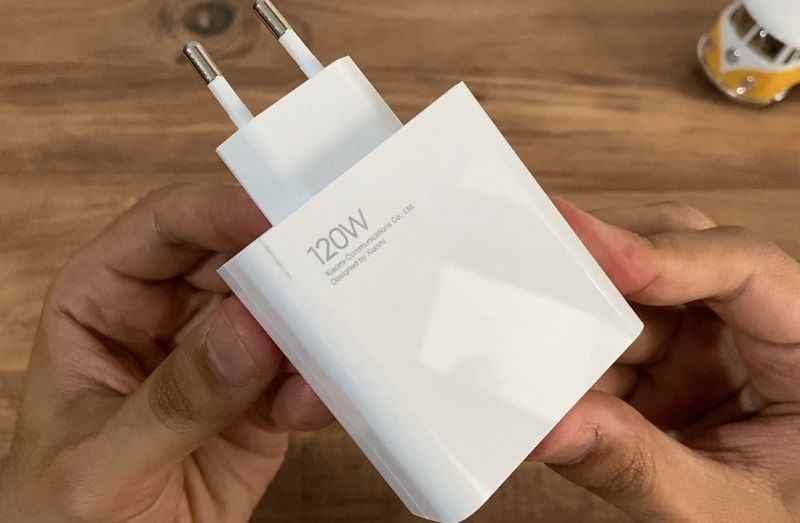
As you know, it became very difficult to comment on the price when the exchange rate and taxes were involved. It is very advantageous when we consider the price abroad, but when you enter the country, of course, things start to get complicated and this is true for all brands. On the other hand, it should be underlined that this processor is one of the most suitable models to use.
Poco F4 GT Technical Specifications
Design
- Height: 162.5mm
- Width: 76.7mm
- Thickness: 8.5mm
- Weight: 210 g
Technical details
- Processor: Snapdragon® 8 1st Gen
- manufacturing process: 4 nm
- CPU: Octa-core Qualcomm® Kryo™ CPU, up to 3.0 GHz
- GPU: Qualcomm® Adreno™ GPU
- AI: 7th Gen Qualcomm® AI Engine
- Snapdragon® X65 5G Modem
- Storage and Ram: 8GB + 128GB | 12GB + 256GB
Cooling system
- LiquidCool 3.0 Technology
Screen
- 6.67 inch flat AMOLED DotDisplay
- Resolution: 2400 × 1080 FHD+
- Aspect ratio: 20:9
- Refresh rate: Maximum 120 Hz
- Touch sampling rate: up to 480 Hz
- Brightness: HBM 800 nits (typical)
- Contrast ratio: 5,000,000:1
- Color: 1.07 billion colors
- DCI-P3 wide color gamut
- HDR10+
- Delta E ? 0.30; JNCD? 0.18
- 1920 Hz High Frequency PWM Dimming
- Corning® Gorilla® Glass Victus®
- TrueColor Display
- Sunlight Mode
- Reading Mode
- DisplayMate A+
Battery and Charger
- 4700mAh (typical) battery
- Intelligent 120W HyperCharge
- Included 120W charger
rear camera
- 64MP + 8MP + 2MP triple camera
- Vibration Sensor
- 64MP main camera
- Sensor model: IMX686
- Sensor size: 1/1.73 inch
- Pixel size: 0.8 µm; 1.6 µm (4 in 1)
- Aperture: ƒ/1.9
- AF mode: PDAF
- 8MP ultra wide-angle camera
- Aperture: ƒ/2.2
- FOV: 120°
- 2MP macro camera
- Rear camera photo features
- night mode
- photo copies
- Rear camera video recording
- 3840×2160 | 60fps, 30fps
- 1920×1080 | 60fps, 30fps
- 1280×720 | 30fps
- Slow motion video:
- 1920×1080 | 120fps
- 1280×720 | 960fps, 240fps, 120fps
Front camera
- 20MP front camera
- Sensor model: IMX596
- Aperture: ƒ/2.4
Security and Authentication
- Side-mounted fingerprint sensor
- AI-Powered Face Unlock
